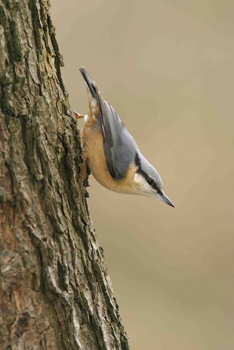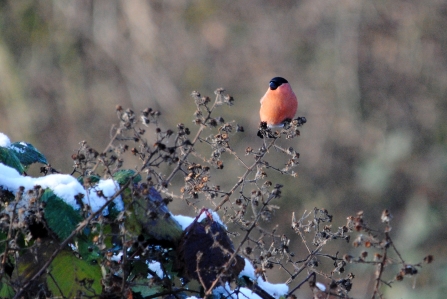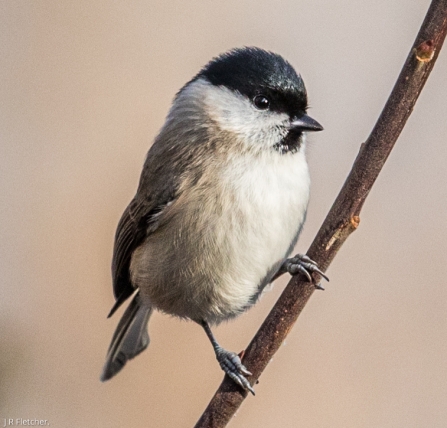
(c) David Slater
Gloucestershire Wildlife Trust staff and volunteers are restoring areas of Lower Woods Nature Reserve, a magical place which is steeped in history and which supports 2,500 species, from dormice to 57 types of birds.
Woodland covering 17 acres will be restored as part of the Better for Birds project, thanks to vital funding of £50,000 from Enovert Community Trust.
“It is tragic that woodland birds in the UK are declining. Places such as Lower Woods are vital if numbers are to recover, and some of the birds that will benefit from this project are found in few other places, and include song thrushes, lesser spotted woodpeckers, nut hatches, marsh tits, bullfinches and willow warblers,” explains Tim Bevan, Senior Reserve Manager at Gloucestershire Wildlife Trust.


